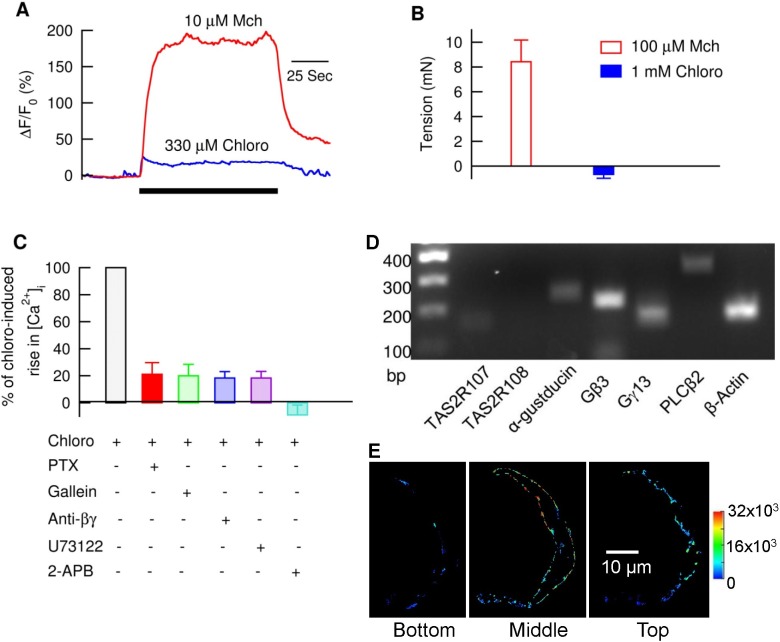Figure 1. Bitter tastants modestly increase intracellular Ca2+ concentration ([Ca2+]i) by activating a canonical TAS2R signaling cascade.
(A) Chloroquine (Chloro) raised [Ca2+]i to a level much less than Mch. [Ca2+]i was measured with fluo-3 in the form of acetoxymethyl ester, loaded into isolated mouse ASM cells, and expressed as ΔF/F0 (%). (B) 1 mM chloro did not contract airways (using tension as its proxy) while 100 µM Mch caused a robust contraction. Data are mean ± SEM (n = 6 for chloro, and n = 5 for Mch). (C) PTX, gallein, anti-βγ (MPS-phosducin-like protein C terminus, a Gβγ blocking peptide), U73122, and 2-APB inhibited chloro-induced increase in [Ca2+]i (n = 19–24 cells). Isolated mouse ASM cells were either pretreated with 1 µg/ml PTX for 6–8 h or with 1 µM anti-βγ for 1–2 h or with each of the other compounds listed for 5–10 min. The effects of PTX and anti-βγ were calculated by normalizing the response of chloro to that from the time matched cells without the pretreatments, and the effects of other three compounds were analyzed by normalizing the response of chloro to its own control without the compound. (D) RT-PCR transcripts after amplification with primers to TAS2R107, α-gustducin, Gβ3, Gγ13, PLCβ2, and β-actin. Note that no transcript was detected with TAS2R108 primers. RNAs were isolated from mouse tracheas and mainstem bronchi, and reactions without complementary DNA were used as a negative control. (E) Cellular distribution of TAS2R107 in three focus planes (bottom, middle, and top) of an isolated mouse ASM cell. The TAS2R107 immunostaining intensity after 3D deconvolution (see Methods) was pseudocolored with the color map on the right. This makes positive (but dim) pixels more easily distinguished from background. Eight cells showed a similar subcellular distribution pattern.

